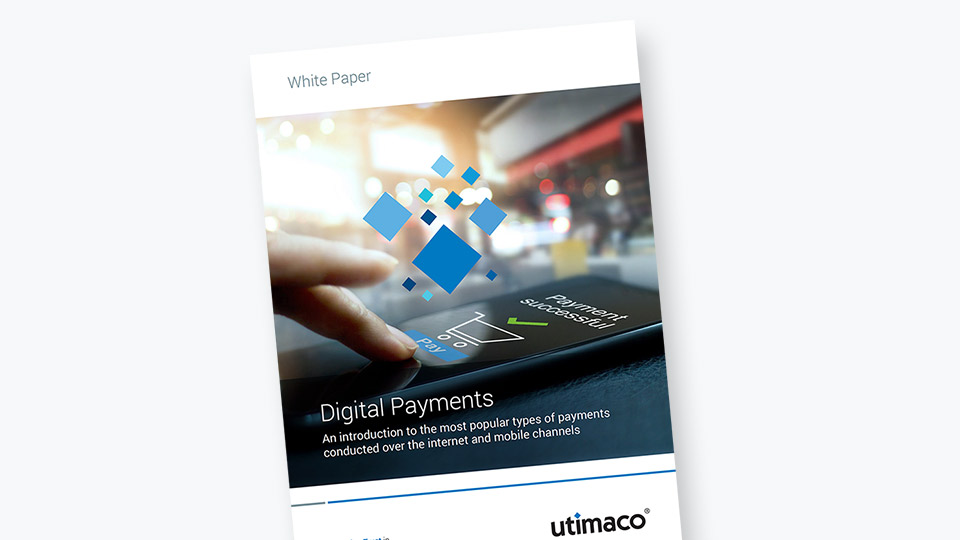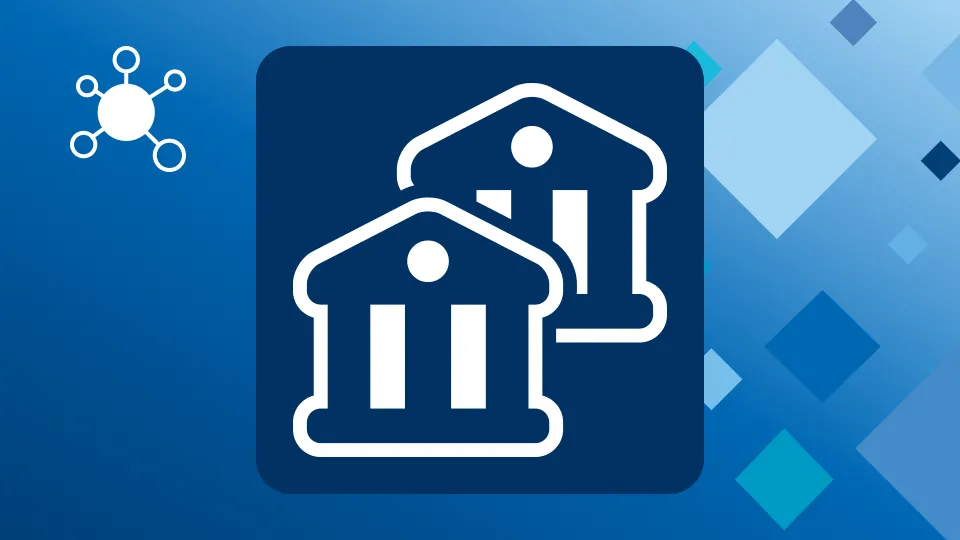Definition: Digital payments are secured by utilizing a combination of technologies, protocols, and best practices designed to protect the privacy, accuracy, and authenticity of financial transactions performed and carried out on the internet. To mitigate potential cybersecurity risks, businesses need to have a comprehensive digital strategy in place.
The Security of Digital Payments explained
The escalating trend of embracing digital payment technologies is consistently being overshadowed by the increasing instances of payment fraud, including various forms of phishing, malware attacks, counterfeit website links, and One Time Password (OTP) related scams.
Digital payments carry a risk of data breaches and other security risks, and therefore, financial entities, governments and businesses, should ensure that they have the appropriate security measures in place. This could enable them to take advantage of digital payments while preserving the long-term viability of their customer relationships.
The following are key elements that contribute to the security of various types of digital payments:
- Encryption: By encrypting sensitive data, such as credit card details and personal information, ensures that only authorized parties can decrypt and access this data. Data can be encrypted "at rest," when it is being stored, or "in transit," when it is being transmitted to another location. Digital banks offer end-to-end encryption, which provides a payment security solution that encrypts confidential payment card data and information into indecipherable code when the card is used, preventing hacking and fraud.
- SSL/TLS (Secure Sockets Layer/Transport Layer Security) protocols are also widely adopted to establish secure HTTPS connections between users' devices and payment servers.
- Tokenization: Tokenization replaces sensitive payment information with unique tokens that have no extrinsic value. Even if a token is intercepted, it cannot be used for making payments without proper authentication. These tokens are utilized in transactions, reducing the risk of exposing actual payment data to potential attackers.
- Two-Factor Authentication (2FA): 2FA introduces an extra layer of security by mandating users to provide two forms of verification before completing a payment. This typically combines something the user knows (e.g., a password) and something the user possesses (like a text message containing a unique verification code).
- Biometric Authentication: Biometric traits, such as fingerprints, facial recognition, and iris scans, bolster security by employing distinct physical attributes for authentication. This thwarts unauthorized access attempts, even when the correct credentials are known.
- Regulation:
- Digital payment systems are subject to regulations and standards like the Payment Card Industry Data Security Standard (PCI DSS). Adherence to such standards establishes a fundamental level of security.
- The Revised Payment Services Directive (PSD2) is a European regulation for electronic payment services, aimed to ensure that all payment service providers active in the EU are subject to supervision and appropriate rules.
- Strong Customer Authentication (SCA), a requirement of PSD2, aims to add additional layers of security to electronic payments
- Fraud Detection and Prevention: Advanced algorithms and machine learning techniques are employed to scrutinize transaction patterns and identify potentially fraudulent actions. Unusual behavior, such as transactions originating from unfamiliar locations or involving unusually large sums, can trigger alerts for further scrutiny.
The attack strategies of malicious actors are constantly evolving. As technology advances, cyber security for digital payment measures also needs to adapt and improve to stay ahead of potential threats.






